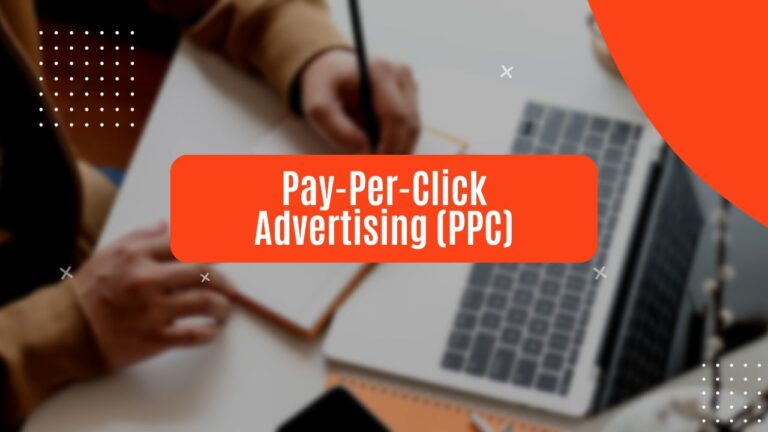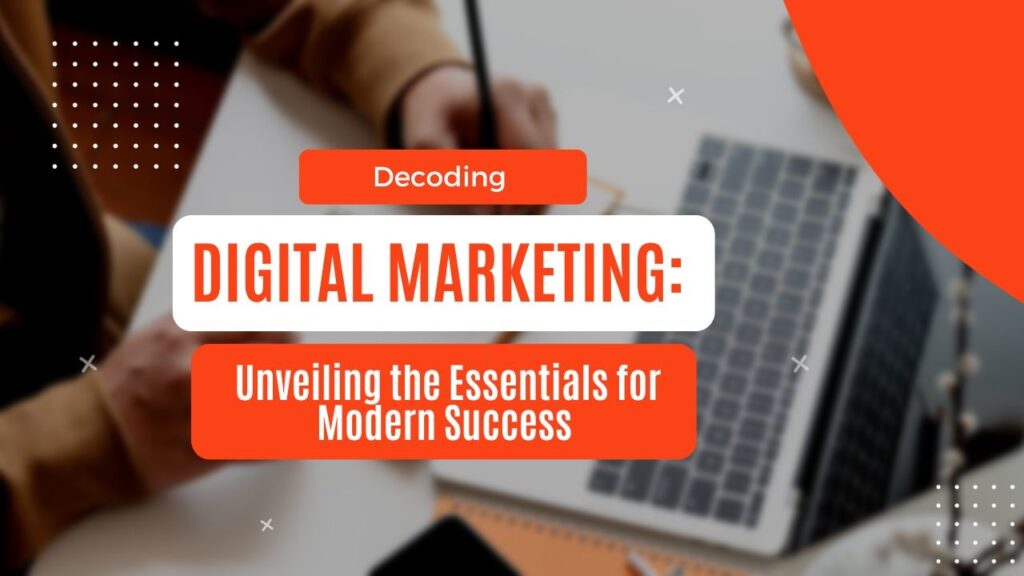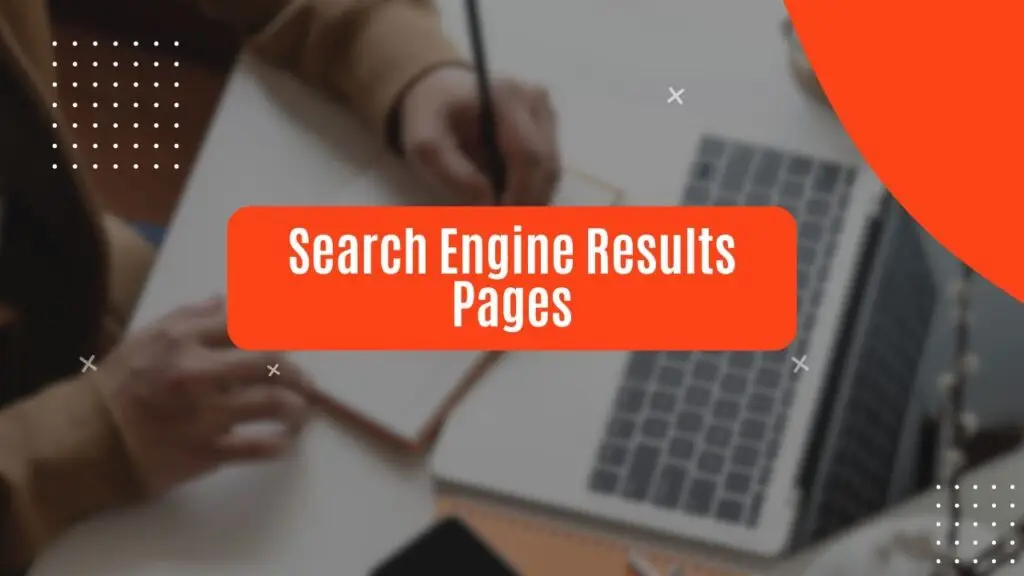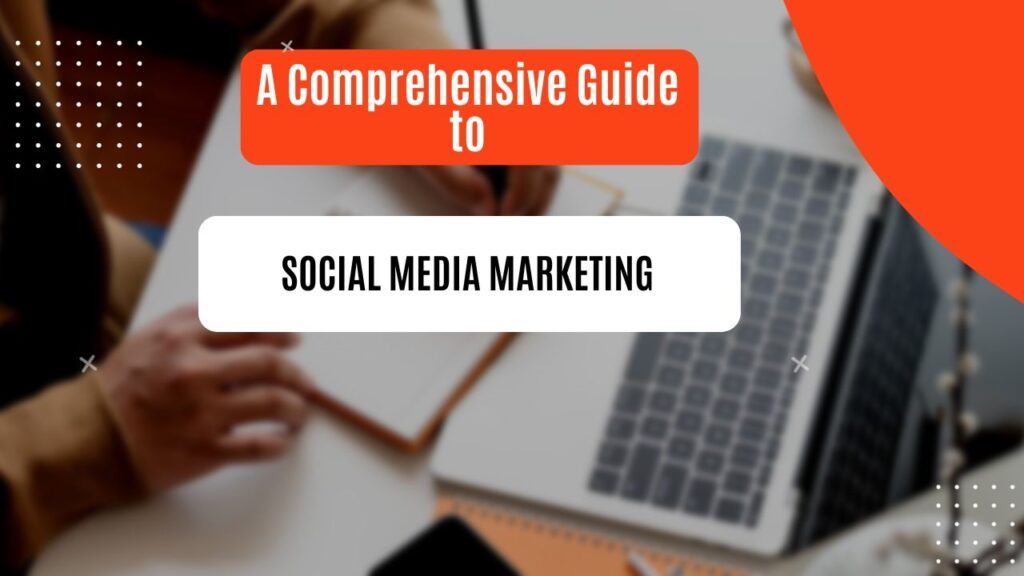Pay-per-click advertising (PPC) is a pivotal and highly targeted digital marketing strategy designed to drive immediate website traffic. In the realm of PPC, advertisers bid on specific keywords relevant to their business, and they pay a fee only when their ad is clicked. The most prominent platform for PPC is Google Ads, where ads appear at the top and bottom of search engine results pages (SERPs). Additionally, PPC is employed on various social media platforms like Facebook, Instagram, and LinkedIn, allowing advertisers to tailor campaigns based on demographics, interests, and behaviours. The success of PPC campaigns relies on meticulous keyword research, compelling ad copy, and strategic bid management. Advertisers can precisely measure and analyze the performance of their campaigns through metrics like click-through rates (CTRs), conversion rates, and return on investment (ROI). PPC gives businesses a high degree of control and flexibility over their advertising budgets, targeting options, and ad creatives. As a dynamic and dynamic advertising model, PPC is instrumental for businesses seeking to generate immediate visibility, reach a targeted audience, and achieve specific marketing objectives in a competitive digital landscape.
Understanding PPC
Pay-per-click (PPC) advertising is a highly targeted digital marketing strategy that enables businesses to drive immediate traffic to their websites. Unlike traditional advertising models, where businesses pay for ad placement regardless of performance, PPC operates on a pay-only-for-results basis. This means that advertisers only pay when their ad is clicked, making it a cost-effective and measurable approach to reaching potential customers. The most prominent platform for PPC is Google Ads, where ads are displayed at the top and bottom of search engine results pages (SERPs) in response to specific keyword searches. Additionally, PPC is widely utilized on social media platforms such as Facebook, Instagram, and LinkedIn, allowing advertisers to tailor their campaigns based on the demographics, interests, and behaviours of their target audience.
The Key Elements of Successful PPC Campaigns
The success of PPC campaigns hinges on several key elements, including meticulous keyword research, compelling ad copy, and strategic bid management. Keyword research is the foundation of a successful PPC campaign, as it involves identifying the most relevant and high-performing keywords that potential customers are likely to use when searching for products or services. This process requires a deep understanding of the target audience and their search behaviours, as well as the competitive landscape within the industry. Once the keywords are identified, advertisers must craft compelling ad copy that effectively communicates the value proposition of their offerings and entices users to click on the ad. This involves a combination of creativity, persuasive messaging, and a clear call to action to drive user engagement.
Strategic bid management is another critical aspect of successful PPC campaigns, as it involves setting and adjusting the maximum amount that an advertiser is willing to pay for a click on their ad. This process requires a balance between budget allocation and the competitiveness of the keywords, as well as ongoing monitoring and optimization to ensure that the bids are aligned with the campaign objectives. Advertisers can leverage various bidding strategies, such as manual bidding, automated bidding, and enhanced cost-per-click (ECPC), to maximize the performance of their campaigns and achieve their desired outcomes.
Measuring and Analyzing PPC Performance
One of the key advantages of PPC advertising is the ability to precisely measure and analyze the performance of campaigns through a variety of metrics. Click-through rate (CTR), which measures the percentage of users who click on an ad after seeing it, is a fundamental metric that indicates the relevance and effectiveness of the ad copy and targeting. A high CTR is generally indicative of a well-performing ad that resonates with the target audience and drives user engagement. Conversion rate is another critical metric that measures the percentage of users who take a desired action after clicking on an ad, such as making a purchase, filling out a form, or signing up for a newsletter. This metric provides insights into the effectiveness of the ad in driving meaningful user actions and ultimately contributing to business objectives.
Return on investment (ROI) is a comprehensive metric that evaluates the overall effectiveness of a PPC campaign by comparing the revenue generated from the campaign to the total cost of the campaign. This metric is instrumental in determining the profitability and efficiency of the campaign, as it provides a clear understanding of the financial impact of the advertising investment. By analyzing these and other key performance indicators, advertisers can gain valuable insights into the effectiveness of their campaigns, identify areas for improvement, and make data-driven decisions to optimize their strategies.
Understanding Click-Through Rate (CTR) in PPC Advertising
Click-through rate (CTR) is a fundamental metric in the realm of PPC advertising, measuring the percentage of users who click on an ad after seeing it. It is a key indicator of the relevance and effectiveness of an ad, as well as its ability to engage and attract the target audience. A high CTR is generally indicative of a well-performing ad that resonates with the target audience and drives user engagement. It is calculated by dividing the number of clicks an ad receives by the number of times it is shown (impressions) and is expressed as a percentage. For example, if an ad receives 100 clicks and 10,000 impressions, the CTR would be 1%. A high CTR is a desirable outcome in PPC advertising, as it not only signifies that the ad is compelling and relevant to the target audience, but also contributes to a higher quality score, which can lead to lower costs and better ad positions. Additionally, a high CTR can result in a higher ad rank, which can lead to increased visibility and a greater likelihood of achieving campaign objectives. Advertisers can optimize CTR by crafting compelling ad copy, using relevant keywords, and targeting the right audience. It is important to continuously monitor and optimize CTR, as it is a key factor in the success of PPC campaigns. By analyzing CTR and making data-driven decisions, advertisers can identify areas for improvement and make strategic adjustments to their campaigns to maximize performance and achieve their desired outcomes.
The Future of PPC Advertising
As a dynamic and highly targeted advertising model, PPC is poised to play an increasingly significant role in the future of digital marketing. With the continuous evolution of search engine algorithms, user behaviours, and technological advancements, PPC is expected to adapt and innovate to meet the changing needs of businesses and consumers. One of the notable trends in the future of PPC is the increasing emphasis on audience targeting and personalization, as advertisers seek to deliver more relevant and tailored ad experiences to users. This involves leveraging advanced audience segmentation, retargeting strategies, and dynamic ad creatives to engage users at different stages of the customer journey and drive meaningful interactions.
Additionally, the integration of artificial intelligence (AI) and machine learning technologies is expected to revolutionize the way PPC campaigns are managed and optimized. AI-powered bidding algorithms, predictive analytics, and automated ad creative testing are just a few examples of how AI is being leveraged to enhance the performance and efficiency of PPC campaigns. These technologies enable advertisers to make real-time, data-driven decisions, identify patterns and trends, and automate routine tasks, ultimately freeing time for strategic planning and innovation.
Furthermore, the future of PPC is closely intertwined with the evolution of e-commerce and the increasing importance of social commerce. As more consumers turn to online shopping and social media for product discovery and purchasing, PPC is expected to play a pivotal role in driving e-commerce sales and facilitating seamless transactions. This involves the integration of product feeds, shoppable ad formats, and advanced tracking and attribution capabilities to enable advertisers to measure the direct impact of their PPC campaigns on e-commerce sales and revenue.
Click-through rate (CTR) is a fundamental metric in the realm of pay-per-click (PPC) advertising, measuring the percentage of users who click on an ad after seeing it. It is a key indicator of the relevance and effectiveness of an ad, as well as its ability to engage and attract the target audience. A high CTR is generally indicative of a well-performing ad that resonates with the target audience and drives user engagement. It is calculated by dividing the number of clicks an ad receives by the number of times it is shown (impressions), and is expressed as a percentage. For example, if an ad receives 100 clicks and 10,000 impressions, the CTR would be 1%. A high CTR is a desirable outcome in PPC advertising, as it not only signifies that the ad is compelling and relevant to the target audience, but also contributes to a higher quality score, which can lead to lower costs and better ad positions. Additionally, a high CTR can result in a higher ad rank, which can lead to increased visibility and a greater likelihood of achieving campaign objectives. Advertisers can optimize CTR by crafting compelling ad copy, using relevant keywords, and targeting the right audience. It is important to continuously monitor and optimize CTR, as it is a key factor in the success of PPC campaigns. By analyzing CTR and making data-driven decisions, advertisers can identify areas for improvement and make strategic adjustments to their campaigns to maximize performance and achieve their desired outcomes.
The Use of Artificial Intelligence (AI) in PPC Advertising
Artificial Intelligence (AI) has revolutionized the field of pay-per-click (PPC) advertising, offering advertisers advanced tools and capabilities to optimize and streamline their campaigns. AI is employed in various aspects of PPC, including bid management, ad targeting, and ad creative optimization. One of the key applications of AI in PPC is automated bidding, where machine learning algorithms analyze vast amounts of data to make real-time bidding decisions based on factors such as user behaviour, device, location, and time of day. This enables advertisers to maximize the performance of their campaigns and achieve their desired outcomes, such as maximizing conversions or maintaining a specific cost per acquisition.AI is also instrumental in ad targeting, as it enables advertisers to leverage advanced audience segmentation and predictive analytics to identify and reach high-value customer segments. By analyzing user data and behaviour patterns, AI can help advertisers deliver more relevant and personalized ad experiences to users, ultimately driving higher engagement and conversions. Additionally, AI-powered ad creative optimization tools enable advertisers to test and iterate ad variations at scale, identifying the most effective messaging, imagery, and calls-to-action to drive user engagement and achieve campaign objectives. Furthermore, AI is increasingly being integrated into PPC platforms to facilitate advanced reporting and attribution capabilities, enabling advertisers to gain deeper insights into the performance of their campaigns and make data-driven decisions. By leveraging AI-powered analytics, advertisers can identify patterns and trends, forecast campaign performance, and automate routine reporting tasks, ultimately freeing up time for strategic planning and innovation. In conclusion, the use of AI in PPC advertising is transforming the way advertisers manage and optimize their campaigns, enabling them to achieve higher performance, greater efficiency, and more impactful ad experiences for users. As AI continues to evolve, it is expected to play an increasingly significant role in the future of PPC, driving innovation and delivering new opportunities for advertisers to achieve sustained growth and success.
In conclusion, PPC advertising is a highly targeted and measurable digital marketing strategy that offers businesses a cost-effective and efficient way to reach potential customers and drive immediate traffic to their websites. By leveraging the key elements of successful PPC campaigns, measuring and analyzing performance, and staying abreast of emerging trends and technologies, businesses can position themselves for success in the competitive digital landscape. As the future of PPC unfolds, businesses that embrace innovation, audience targeting, and the integration of AI and e-commerce will be well-positioned to achieve sustained growth and success in the dynamic and interconnected world of digital marketing.





